Our annual wildflower seeds are simple and easy to grow species, ideal for creating a stunning flowering effect during the first year. Sow in spring or autumn either on their own for a bold statement, or mixed with our Wildflower Seed Mixtures for an additional splash of first year colour.
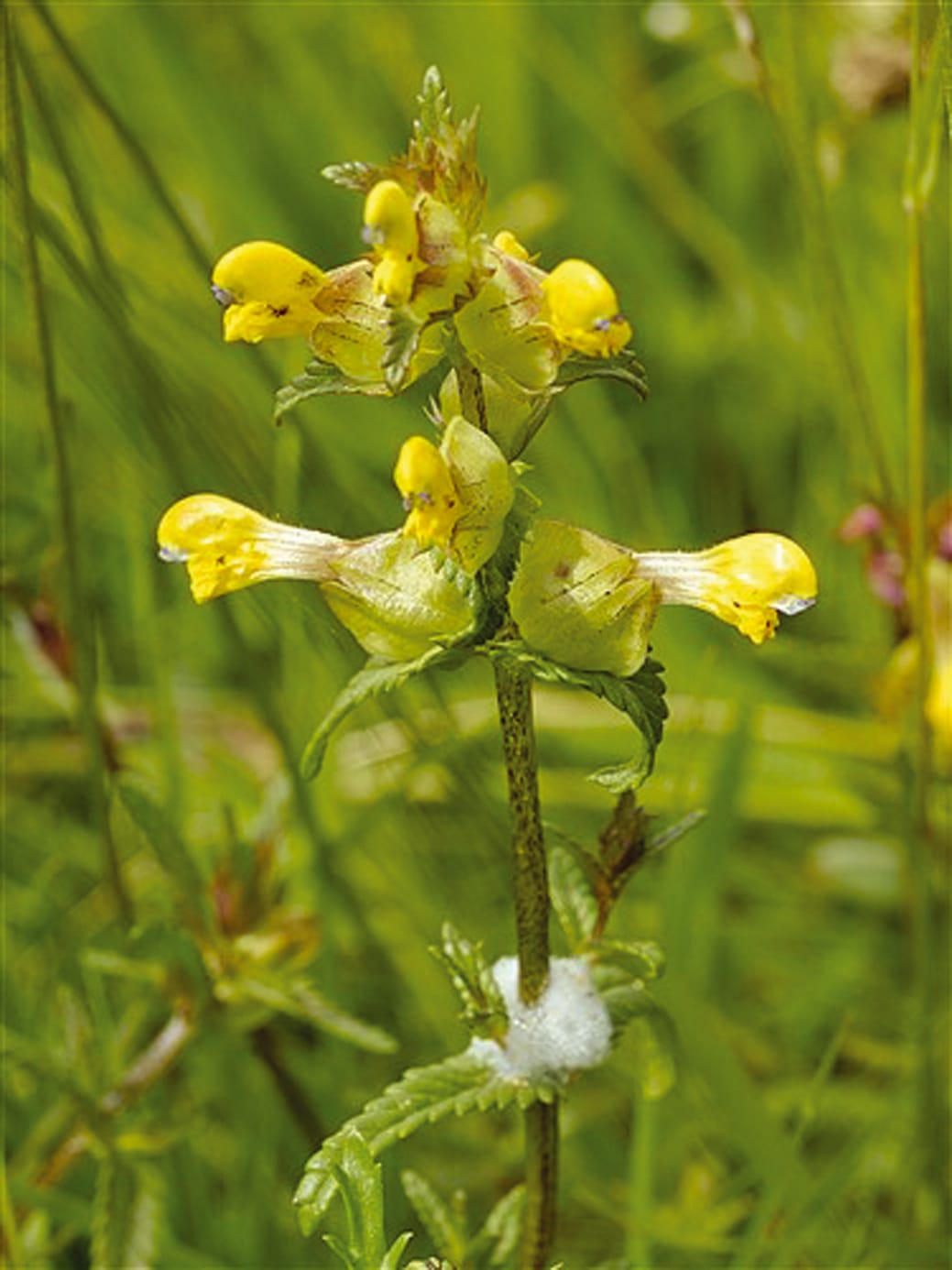
Fresh seed from 2025 harvest available now for next day delivery. Produced from native UK seed and cleaned to an exceptionally high-standard of purity and germination. Order yours today ready to sow this autumn.
Yellow rattle seed is a vital addition to any wildflower meadow. By attaching itself to the roots of grass species and slowing its growth, it creates space for a wide range of wildflowe...
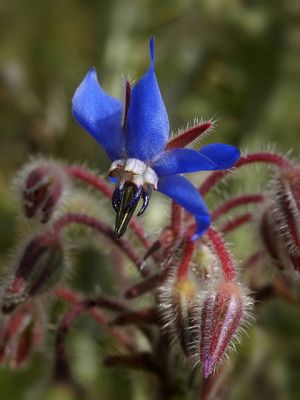
Borage is a strong, medium-height wildflower with bright blue flowers that attract masses of beneficial pollinators and insects. Commonly found in forest verges and natural meadows, Borage is an easy-to-grow annual.
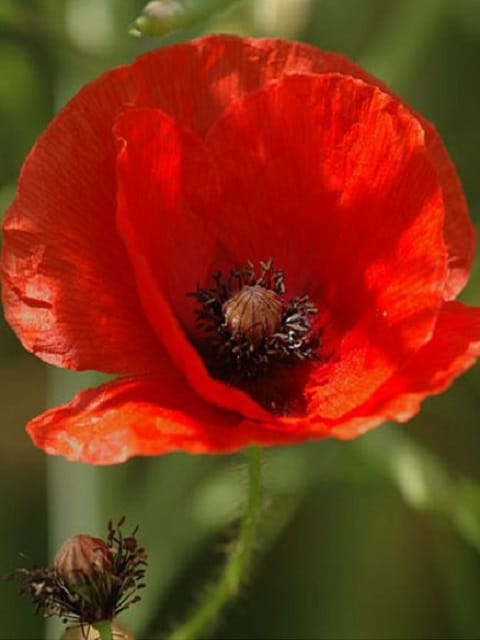
Evocative red annual, short to medium height, a lover of disturbed ground and agricultural soils if given a chance to flower. Replenishes its bright vermilion petals each day. Proving season after season to be one of our most loved, attractive prominent wildflower. Ideally requires a frost or chilling to help germination.
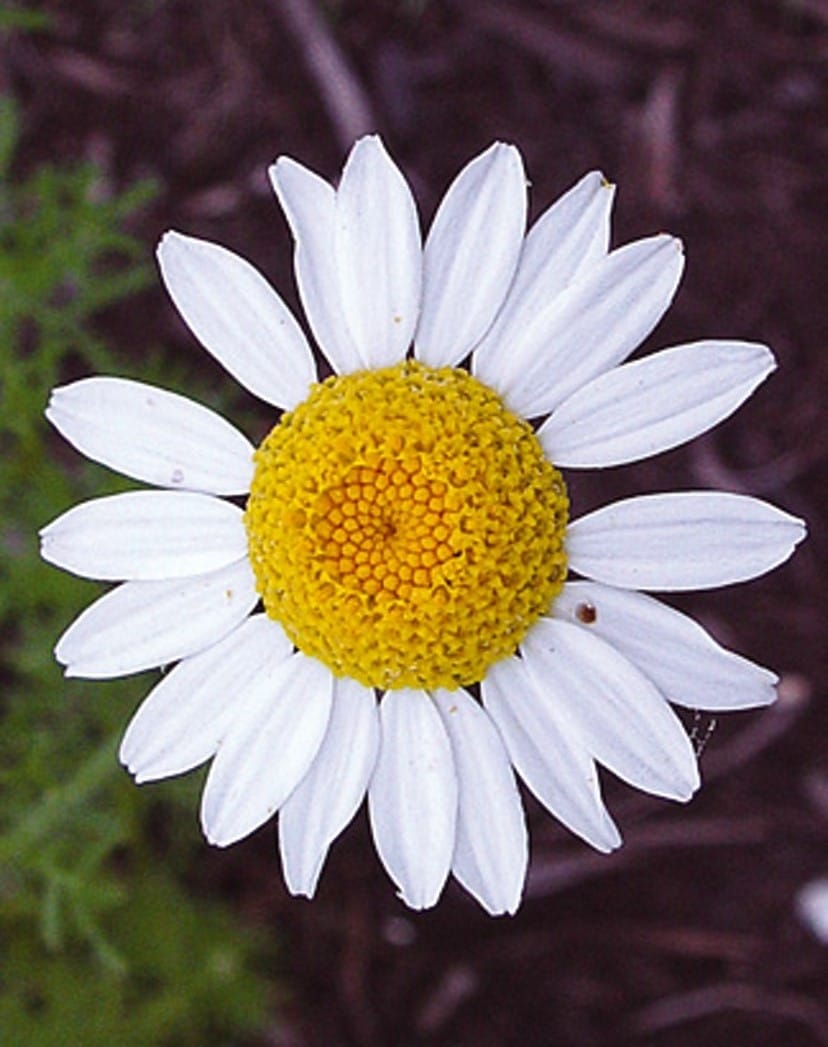
The delightful white daisy flowers of this annual wildflower were once a common sight in cornfields. It is now much rarer due to the widespread use of selective herbicides. It has a compact upright habit, ideal for use on borders that will leave a strong, sweet scent similar to apples.
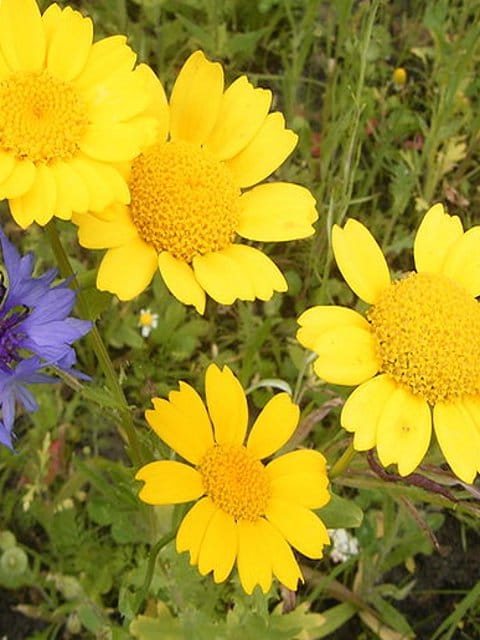
Glorious annual wildflower seeds are very like a single Chrysanthemum. A fitting addition to beds and borders giving an understated delicious fragrance and can be used as cut flowers. Prolific in its production of wildflowers.
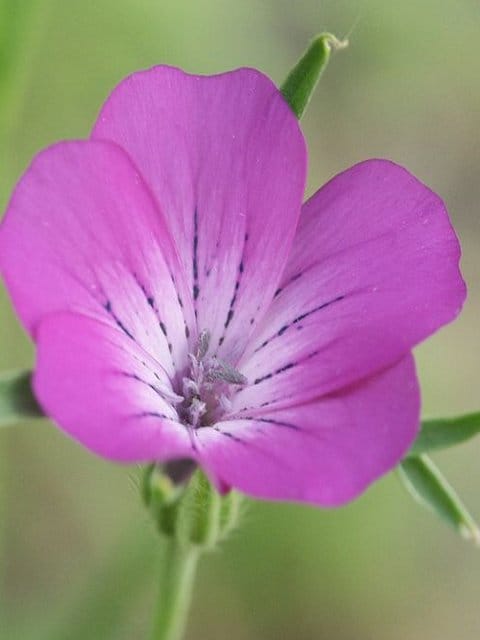
Once common in the cornfields of England, this wildflower has reddish-purple and solitary with undivided petals on a tall, furry stem. This wildflower seeds itself very prolifically and is related to other campions.
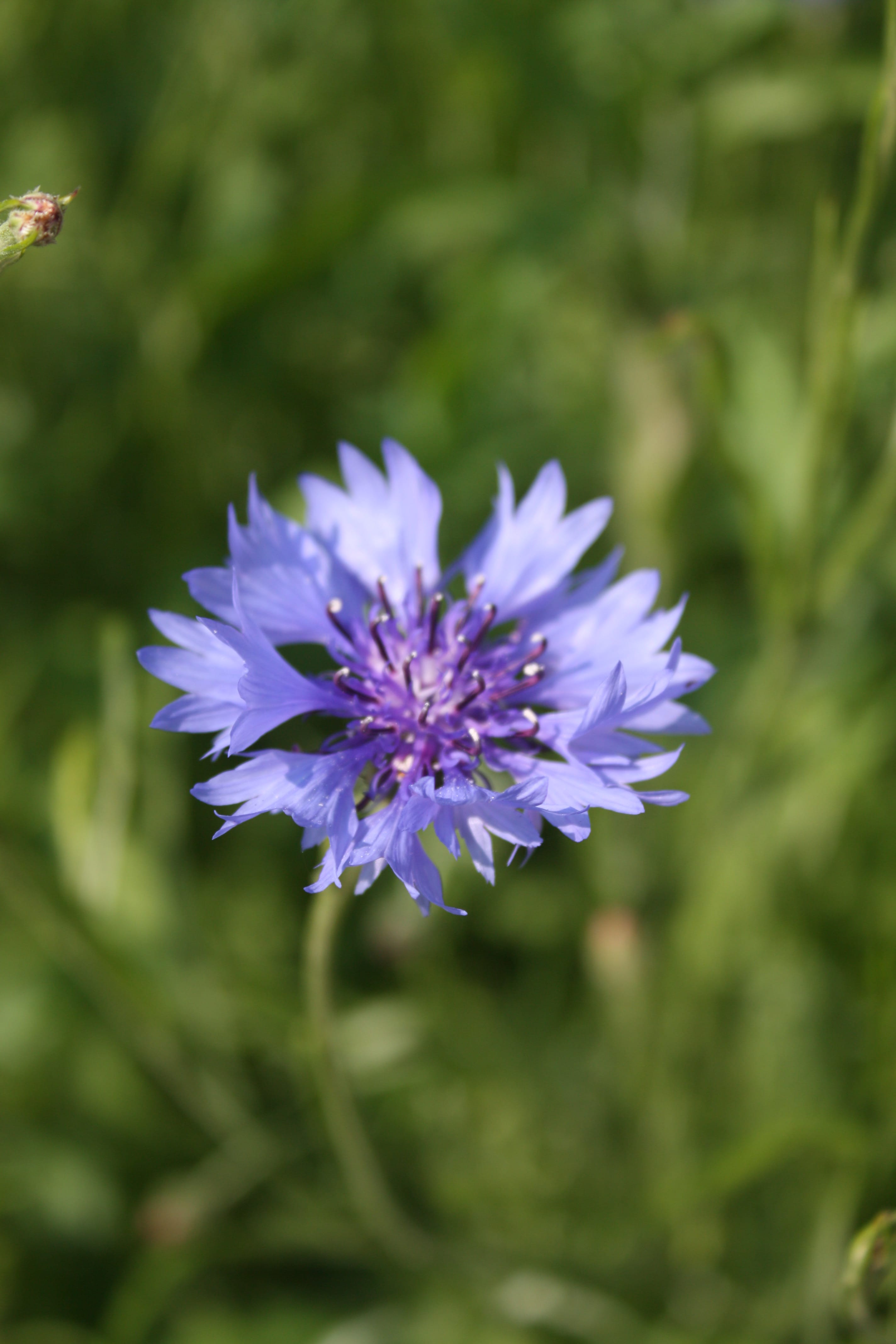
A once common annual weed of cornfields and waste places, now rarely seen. Bright blue wildflowers are produced on tall wiry stems with narrow leaves from June to August. Its fluffy formation is highly attractive to bees, butterflies and other pollinators.
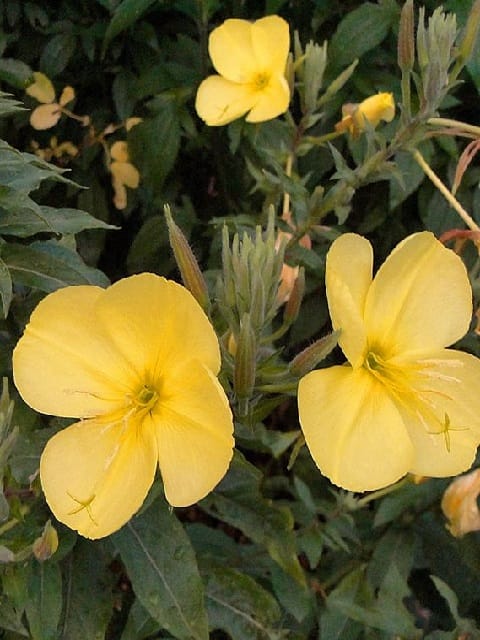
A tall, bright yellow annual or biennial widely naturalised in coastal areas and beside railway lines. Originally from North America, its oil is used in various herbal remedies. The flowers open in the evening and are visited by a large number of Moth species.
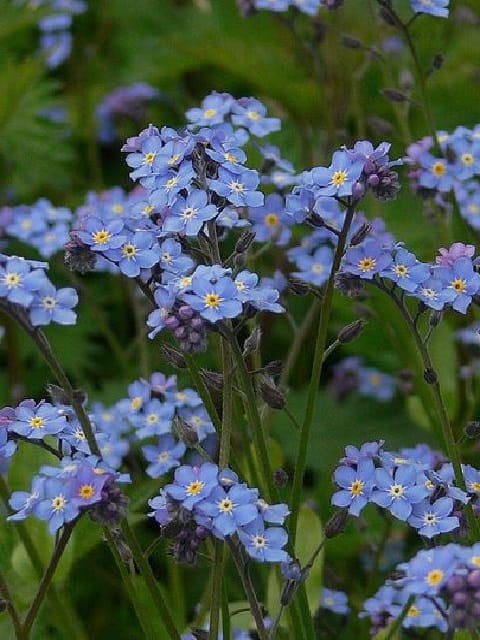
Tiny blue flowers that are perfect for attracting beneficial pollinators and insects. Easy to self-seed, this species will provide colour and essential pollen and nectar for years to come.
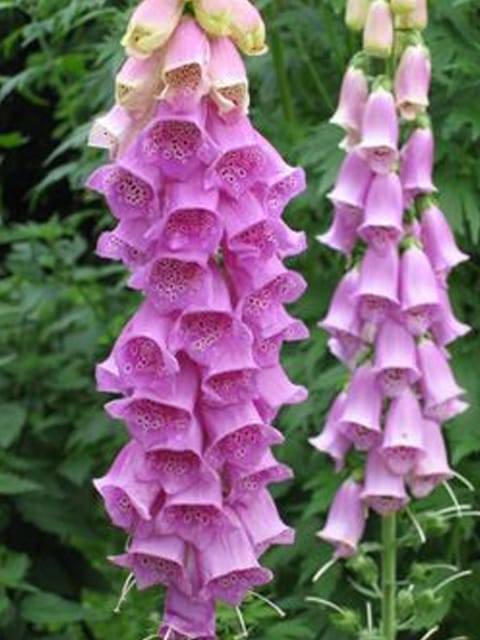
A native biennial occasionally perennial, common in woodland leering, hedgerows and heaths. Foxglove has tall spikes of pinkish-purple bell-shaped flowers. The flowers are pollinated by bumblebees.
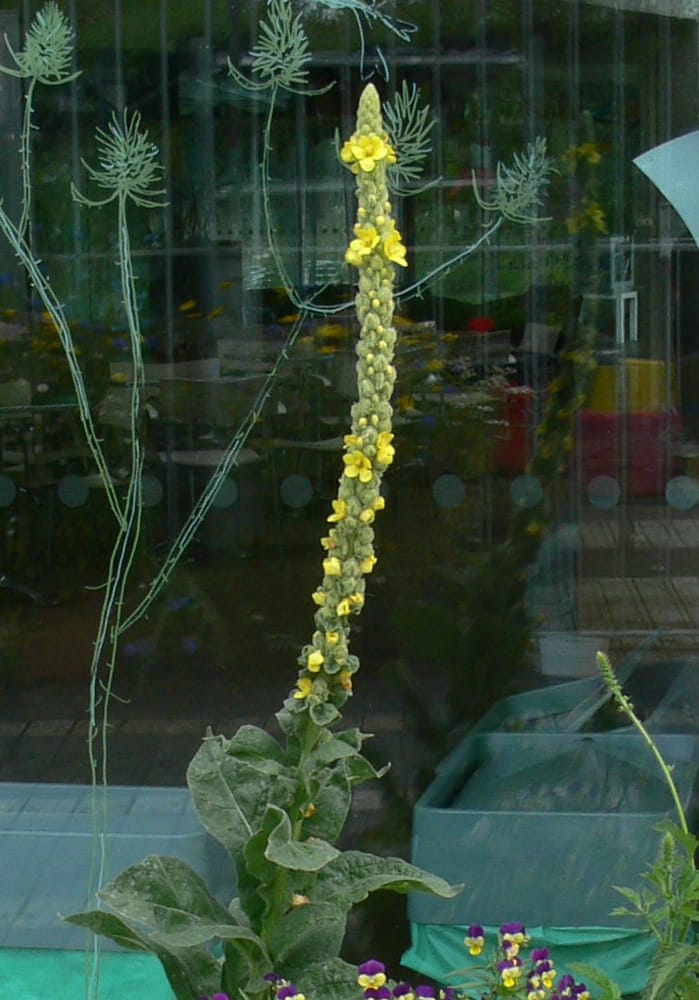
A native herbaceous biennial found on waste ground and in grassy places, mainly on sandy or chalky soil. It forms a rosette of whitish felt-like leaves with a tall spike of yellow flowers which are very attractive to bees and a food source for the caterpillar of the mullein moth.
Good for: Bees and food for the caterpillar of the mullein moth
Height: 30-200cm (1-6ft)
Prefers: Sun or part...
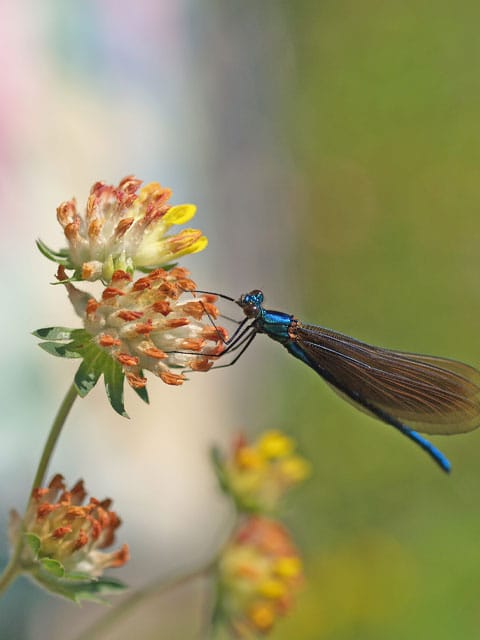
A scrambling biennial found in dry grassland often by the sea. The unusual yellow woolly flowers attract a multitude of butterflies and bees and it is the larval food plant for the Small Blue Butterfly.
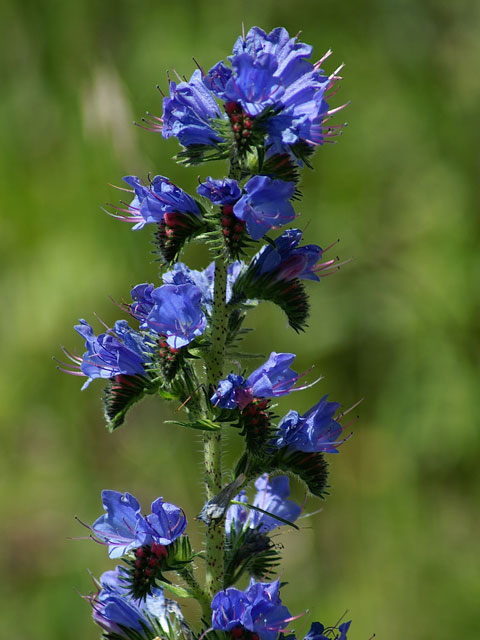
A beautiful native biennial commonly found in rough grassy areas close to the coast and sand dunes. The striking bright blue flowers are a favourite with bumblebees and day-flying moths.
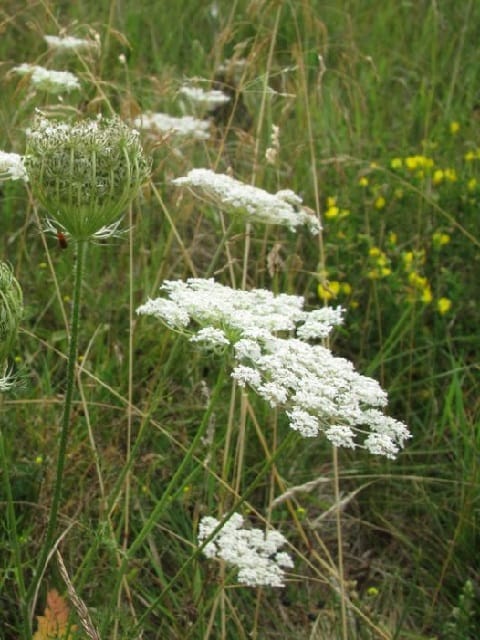
A common annual or biennial plant of downs and roadsides, its leaves are a common sight in neglected vegetable gardens. The cultivated form provides the edible kitchen carrot. When the wild carrot begins to fruit, it is at its most distinctive. The fruits have long spines which attach themselves to any passing animal. In the 16th century, it was known as a remedy for epilepsy and much later on i...
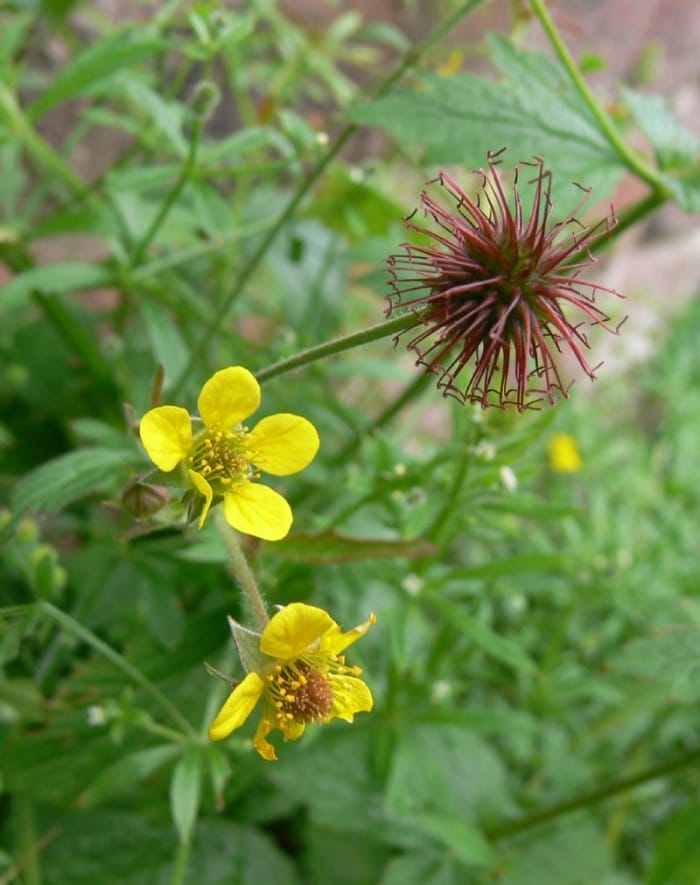
Yellow flowers of cornfields and open places. Perennial, small yellow flowers followed by burr-like seed heads. Formally appreciated for medicinal use by herbalists this wildflower thrives in a partial shade.

Landlife Wildflowers grow and supply high-quality, native wildflower products, restoring wildflowers right across the UK. Working in conjunction with wildlife charity, Buglife, we’re bringing back Britain’s treasured wildflowers! Find out more about why we’ve been trusted by the general public, Natural England and The National Trust for over twenty years.

We’re proud to supply only the highest-quality, native wildflower products - tried, tested and refined by us for two decades to ensure each and every customer is delighted with their purchase. Find out more about our commitment to the supply of native, provenance-assured wildflower products to restore Britain’s natural wildflower habitats for bees, butterflies, birds and wildlife.

If you have any questions or would like to get in touch, our team of wildflower experts are on hand to guide you every step of the way. We love talking about wildflowers and the quality of our products, and are pleased to help with any enquiry, including how to establish wildflowers, product recommendations and even creating custom mixtures for specific projects.